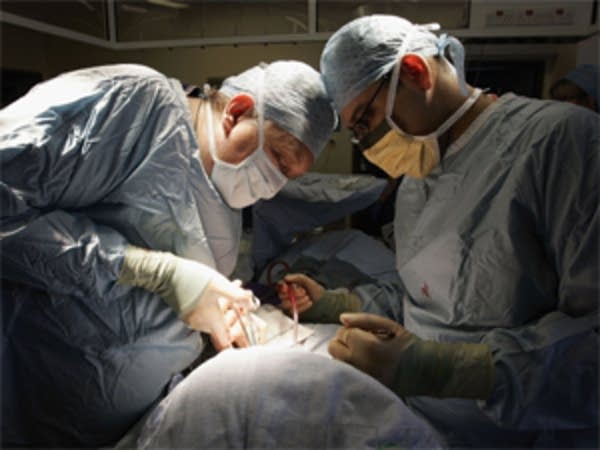Report: Minn. medical errors hold steady, but some improvements seen
Go Deeper.
Create an account or log in to save stories.
Like this?
Thanks for liking this story! We have added it to a list of your favorite stories.

Minnesota hospitals and surgical centers had about as many serious medical errors in 2012 as they did the year before, but there's still some hard-won improvements among the mistakes.
That's according to the 9th-annual "Adverse Health Events in Minnesota," a study published by the state's Department of Health, summarizing the mandatory reports of serious injuries and deaths suffered by patients in medical facilities. The state summary was released Thursday morning.
Care providers reported 314 adverse events in 2012, down slightly from 316 the year before, and about the same as the 310 reported in 2010. The errors led to 89 serious injuries and 14 deaths last year, up from five deaths in 2011.
"The efforts we've made over the last decade to improve adverse health events in hospitals has really been paying off," said Dr. Ed Ehlinger, the state's health commissioner, in an interview about the numbers. "We've seen an overall decline in injuries to patients in hospitals and surgical centers over the last 10 years. However, there's still a lot of room for improvement, because we're still seeing things that really are unacceptable in health facilities, and we're going to be working on those."
Turn Up Your Support
MPR News helps you turn down the noise and build shared understanding. Turn up your support for this public resource and keep trusted journalism accessible to all.
Pressure sores among admitted patients were the single greatest category of unacceptable medical events, or about 41 percent of the total. Another 25 percent were falls.
The good news: medication errors declined by 75 percent, and there were significant improvements, such as fewer instances of leaving foreign objects in surgical patients.
Diane Rydrych, director of the health department's division of health policy, said medication errors are particularly difficult to thwart.
"One of the challenges with medication errors is that they can just be so different. Different types of medication. Different routes. Different ways in which the error happens," Rydrych said in an interview.
She said systematic study, like the annual report and the analysis of the hospital data, is a key effort.
"We have to do our due diligence, and make sure we're looking at the data, seeing whether there are any patterns, whether we can help hospitals and surgical centers figure out where those system breakdowns are," Rydrych said. "Because they might not be immediately obvious, if you only had one event that happened over the course of a few years."
One hundred forty-five hospitals and 59 ambulatory surgical centers are licensed by the Minnesota Department of Health and covered in the report.
"We're obviously very sorry for any harm that's done in our institutions," said Lawrence Massa, president of the trade group the Minnesota Hospital Association.
But he also said that hospitals, as a group, are learning from their mistakes. He cited a spike in wrong procedures in 2011, many of them involving implanting lenses that were the incorrect strength in eye surgeries. It prompted a statewide alert warning doctors of the mishaps.
"We didn't see any of those wrong lens implants after that safety alert went out," Massa said.
He also noted that the rarity of some events make them hard to analyze in a systematic way or a way that might be instructive to others.
"They still are small numbers, and they're going to be very difficult to drive to zero, but that's our goal," Massa said.
The report gives statewide, as well as institution-by-institution statistics on the adverse events.
READ THE REPORT:




